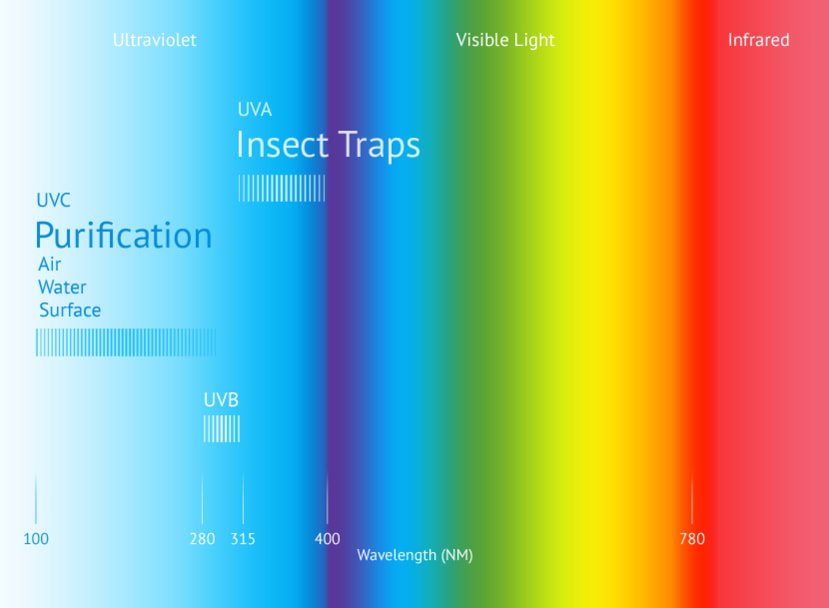OSRAM Opto Semiconductors is shaping the UV-C LED market
Follow articleHow do you feel about this article? Help us to provide better content for you.
Thank you! Your feedback has been received.
There was a problem submitting your feedback, please try again later.
What do you think of this article?
OSRAM Opto Semiconductors is shaping the UV-C LED market
Rise of UV-C LEDs
Similar to the automotive, street and general lighting, LEDs are now also making inroads in the field of UV-C disinfection. Recently, great progress has been made with semiconductor-based light sources in terms of efficiency, service life and price. This now enables completely new system approaches and thus opens previously unknown fields of application in the area of disinfection. However, well-known advantages of LED technology such as extremely long lifetimes and outstanding efficiencies are still somewhat distant in the case of UV-C LEDs. Of course, the aim is to achieve the maximum microbicidal affect function at 265 nanometers. But UV-C LEDs with a wavelength of 270-275 nanometers already have a slight advantage in microbicidal efficiency over mercury lamps, today.
Picture: Color spectrum – UV wavelengths © OSRAM
Clean water, air and surfaces thanks to UV-C radiation
The most difficult question regarding a possible system design arises right at the beginning and influences the entire design regarding LED selection and layout. Currently, the best data are available from professional drinking water treatment. These systems must irradiate the medium with a UV-C dose of 400J/m²= 40mJ/cm². This value usually applies to mercury vapour lamps. The aim is to render all water-hygiene relevant bacteria and viruses harmless, which corresponds to a reduction of pathogens by 99.99% (log4). Since the microbicidal efficiency of LEDs is slightly higher, these doses can also be adopted for LEDs as a conservative target value. Drinking water treatment in industrial applications requires a very high UV-C radiation flux due to the high flow rates, which makes the use of LEDs difficult at the moment. But when you think of private households, the situation for drinking water is different, talking about significantly lower flow rates and a sufficient UV-C dose of 160J/m² = 16mJ/cm². As a result, first point-of-use water disinfection systems can be realized with UV-C LEDs (210-2021) ; (210-2019) . In addition, a big advantage of LEDs is their instant-on mode.
Air disinfection is currently also in the focus of system designs due to the pandemic. The inactivation of the SARS-CoV-2 virus is of particular interest here. The International Ultra Violet Association (IUVA) states a necessary dose of 100-200J/m² = 10-20mJ/cm² for an inactivation rate of 99.9% (log3).
If you have a new idea in mind, don’t hesitate to contact our experts from OSRAM OS and we will help to turn your vision into reality! We like to make new valuable contacts and promote creative thoughts and ideas. Click here.
Picture: Ultraviolet 2 inch wafer © OSRAM


